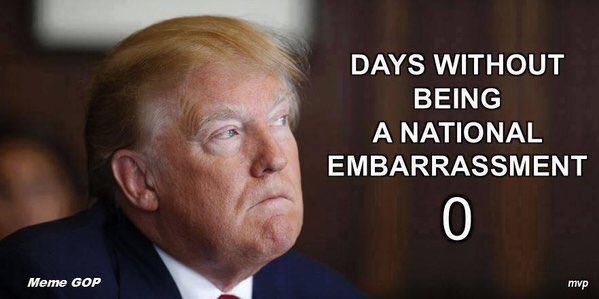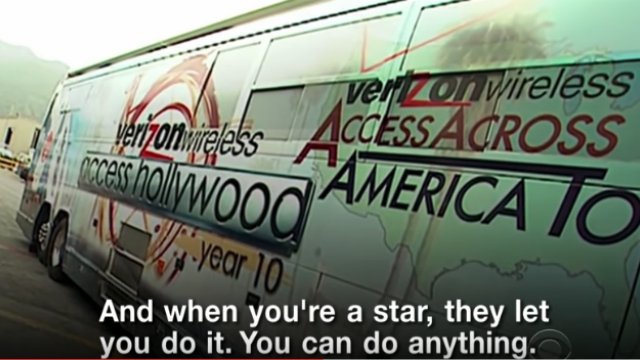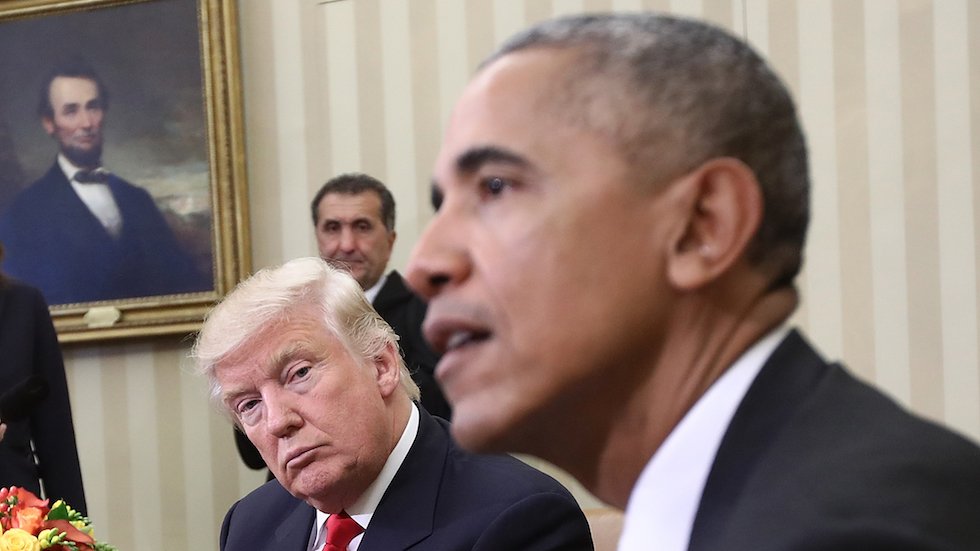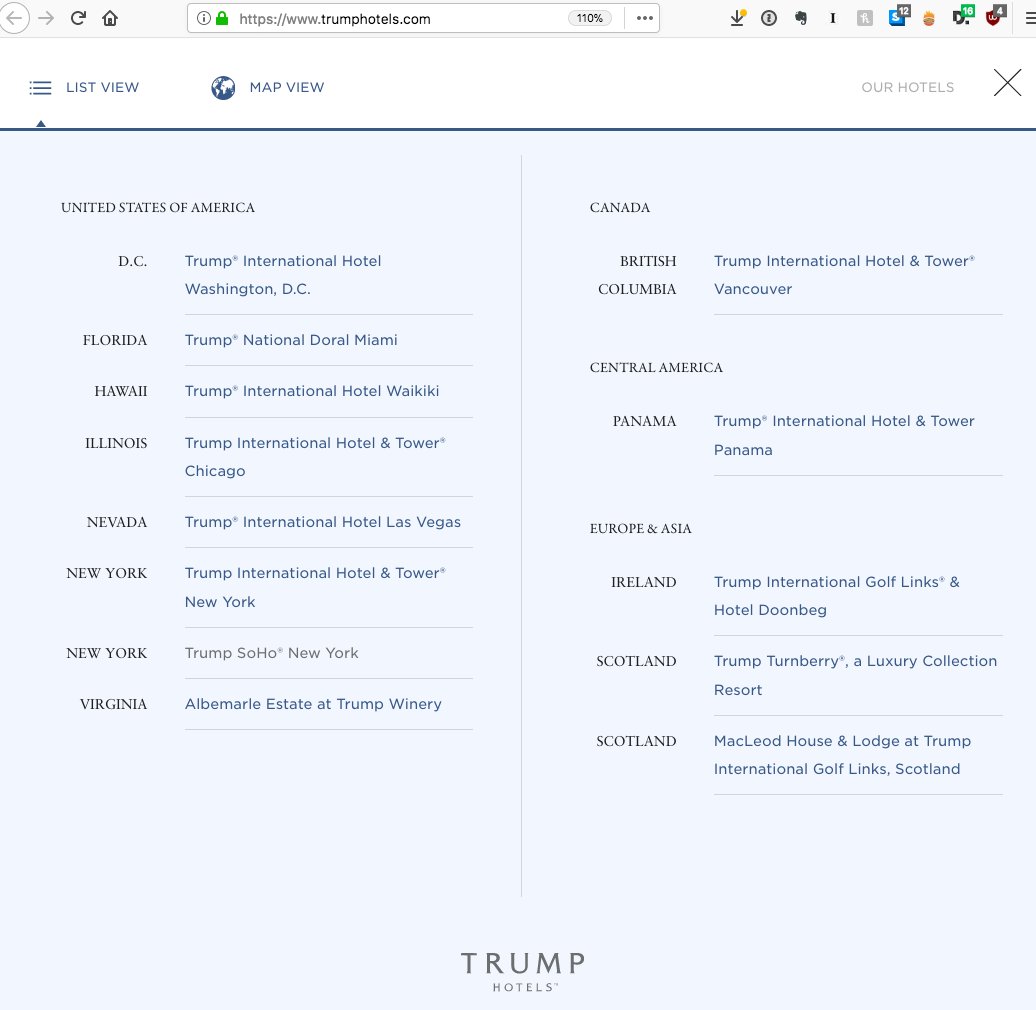‘Why haven’t you shut down the border?’: inside Trump’s White House. How the president’s reckless fixation on immigration threatened to shatter democracy. By Philip Rucker and Carol Leonnig
“I will be a champion – your champion.”
“Nobody knows the system better than me, which is why I alone can fix it.”
Trump looked back at Sessions.
“No,” Sessions said. “We should just shut the border down.”
He called Nielsen late at night demanding she remove the
Nielsen called Dobbs from her car to correct him. Her aides listened fearfully, sure she would start yelling at the TV host, but she was gracious. “Lou, we’d be happy to
“Then we’ll pardon them,” Trump said.
“The White House was so broken,” one administration official later remarked, looking back on this tense period on immigration policy. “There was no process. Ideas
Nielsen and her team, including the leaders of Customs and Border Protection and US Citizenship and Immigration Services, met for a brainstorming session in downtown Washington’s Ronald Reagan building. Sitting around a conference room, .
At this moment, the border situation was relatively calm. There was no crush of migrants – the caravan was still a few weeks away from reaching the border – and the humanitarian
It was not, however,
Nevertheless, Trump made clear that his rush to put troops at the border was about taking strong action to galvanize his supporters to vote Republican. “If you don’t
“That’s your problem, Dana,” Sweeney said. “Just get the damn pictures.”











